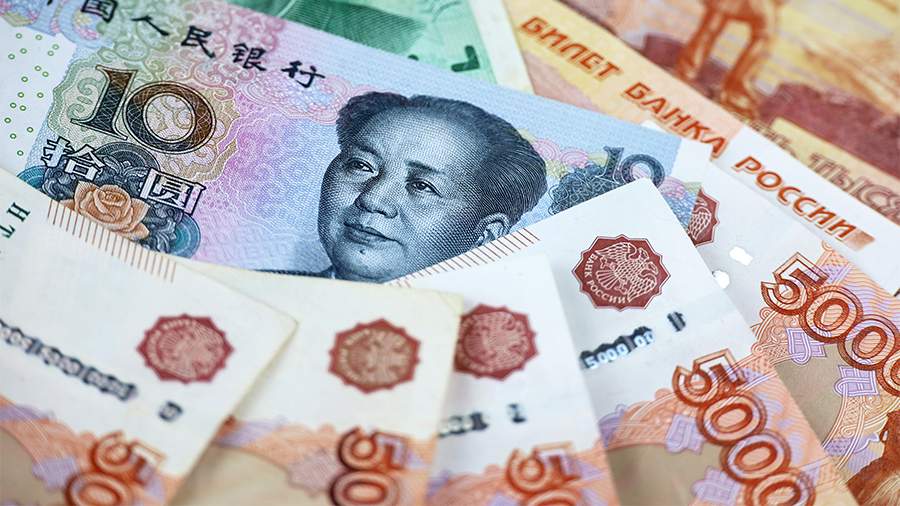
Russia has succeeded in promoting de-dollarisation
By Rhod Mackenzie
After the BRICS summit in South Africa, where little to no progress was made in discussions on the issue of the creation of a single currency for the block, the Western media were unanimous in declaring the idea a failure and the utter futility the attempts at de-dollarisation, i.e. the process of removing the US dollar from its status as the world's main trading currency. However, some analysts have a different view of the current moves at de-dollarisation, which have been initiated by Russia and China and is being joined by a growing number of other developing countries. They are serious about it, although they rightly point out that the process is likely to be a long one.
For example, Beata Javorczyk, chief economist at the London-based European Bank for Reconstruction and Development (EBRD), said in an interview that Russia's growing yuan trade was undermining the power of the US dollar.
"The growth in the use of the Chinese currency is due to the American dollar," she said.
Anti-Russian sanctions, she said, have forced many countries to think about diversifying their payment currencies. Few want to suffer the fate of Russia, whose accounts in Western banks were frozen after 24 February 2022.
"In the long term," says Beata Javorczyk, "this could undermine the dominance of the dollar".
The collective West's battle with Russia on the economic front, as has been repeatedly emphasised, has brought Moscow and Beijing even closer together. The introduction of the sanctions against Russia by the United States and its allies has led to a further and sharp increase in the level of trade between Russia and China, as well as Moscow's reversal of trade flows from the west to east. At the same time, Russia is trying to conduct as much trade as possible with Asian countries, and China first and foremost, in yuan rather than dollars and euros. In July, the yuan accounted for 34% of Russian imports and 25% of exports, according to the Central Bank of the Russian Federation.
The use of the yuan in bilateral trade between Russia and China is clear and logical. But the yuan is also increasingly used by other countries that have swap agreements with China's central bank - the People's Bank of China (PBOC), which, incidentally, has not joined in the sanctions against Russia, this is despite all the coertion and threats from Washington, London and Brussels. Many analysts after looking at the trends in the trade figures from Russia including Beata Javorczyk. studied Russian imports between January 2016 and December 2022.
As the EBRD's chief economist notes, these trends were already in place before February 2022, and the use of the yuan as a trade settlement currency has received a new boost.
